The Caracol Ruins at Punta Sur
Historian Ric Hajovsky kicks off Patriot Month with the interesting story of the ruins at Punta Sur ….
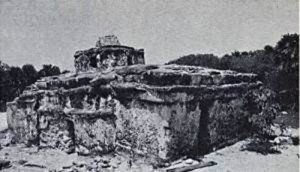
Copyright 2016 Ric Hajovsky
Frequently, the lingering and recurrent myth is that there was a giant conch shell on top of the ruin vaguely known as “Ruinas del Islote”, “Punta Islote, “Tumba de Caracol” and “El Caracol.”
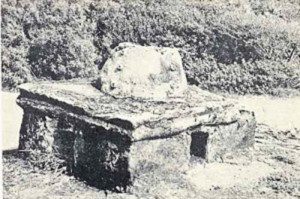
This legend also says that the giant conch serves as an alert system when a hurricane approached. This is an invention.
The top of this small ruin has a truncated stonework cone that used to be symmetrically ornamented by four vertical rows of regular-sized conchs. The upmost part of the cone broke and disappeared; legend has it that a giant conch was set on this broken portion.
A version of the myth tells that a rich North American took it away in the 60s. Another rendition affirms that people who came to help rebuild the Island after the 1955 hurricane, stole it. None of these versions are true.
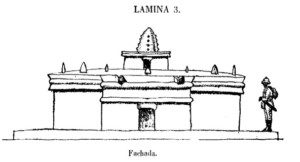
On September 2, 1938 three members of the Mexican Scientific Expedition went to the El Caracol site with Ramon Coronado, the local guide. In the archeological report, Miguel Ángel Fernández – one of the members of the expedition- makes a description and several drawings.
Architect Miguel Ángel Fernandez’s drawing of El Caracol, 1938
In this visit on 1938 the cone was not broken nor it had a giant conch on top. In his report, Fernandez included details drawings of the cone that clearly show that it was intact in 1938. All legends about this conch are sheer nonsense; the same goes for the claim that the ruin whistled when a hurricane was near.
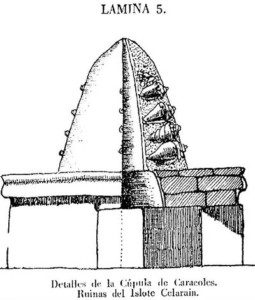
There is a myth that the Maya used the El Caracol ruin as a lighthouse or beacon. This is also not true.
One time, almost 40 years ago, I crawled inside the little building and I was not able to find any sign of soot or damage caused by fire. If fire had been lighted inside so as to use El Caracol as a beacon, its soft mortar on walls and roof would have been severely damaged by the heat. Another aspect that makes the idea of “El Caracol was a beacon” is that the structure is low and small. Maya people knew how to build tall towers and pyramids.
If you were building a beacon, why would you make it so low and difficult to see?
There is another building currently visible to the north of El Caracol (building #2 in this drawing); but the sand dune
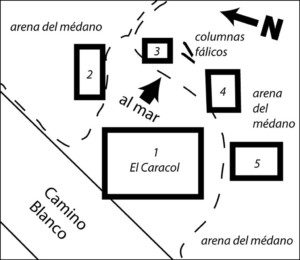
that obstructs the visibility line between El Caracol and the ocean, hides other three constructions and at least two large phallic columns that I saw in the 70s.
If the low and small construction was meant to be a beacon, why did the Maya build these other structures and phallic columns between El Caracol and the sea obstructing the visibility line? This myth has no sense.
Ric Hajovsky’s newest book, The True History of Cozumel, is available in English as a paperback or Kindle eBook on Amazon.com
La ruina de El Caracol en Punta Sur

El historiador Rick Hajovsky inicia el Mes Patrio con una historia interesante sobre las ruinas en Punta Sur . . .
Copyright 2016 Ric Hajovsky

Un mito persistente y repetido con frecuencia es que hubo una vez un caracol de mar gigante encima de la ruina conocida indistintamente como “Ruinas del Islote”, “Punta Islote”, “Tumba de Caracol” y “El Caracol”.
Esta leyenda también dice que el caracol gigante funciona como una especie de sistema de alerta que silbaría cuando un huracán se aproximara. Esto es un invento.
La pequeña ruina tiene un cono de mampostería truncado encima de su techo, el cual tenía varias conchas de caracoles de tamaños normales, colocados como decoración en cuatro filas verticales a lo largo del eje del cono. La parte superior de este cono se rompió y desapareció, y la leyenda cuenta que había un caracol gigante sobre esta parte superior rota.
Una versión del mito dice que un rico norteamericano se lo llevó en la década de 1960. Otra versión, se afirma que lo robaron personas que vinieron a ayudar a reconstruir la isla después del huracán de 1955. Ninguna de las versiones es cierta.

El 2 de septiembre de 1938, tres miembros de la Expedición Científica Mexicana fueron al sitio de El Caracol, con el guía local Ramón Coronado. En el informe del arqueólogo e miembro de la expedición Miguel Ángel Fernández, hay una descripción y varios dibujos de la ruina.
Dibujo del arquitecto Miguel Ángel Fernández de la ruina El Caracol, 1938.

En este visita de 1938, el cono no estaba roto, ni tenía una gigante concha encima. Fernández incluyó en su reporte dibujos detallados del cono, los cuales muestran claramente que en 1938 este estaba intacto. Todas las leyendas de este caracol enorme son pura tontería, lo mismo que la declaración de que éste ruina silbaba cuando se acercaba un huracán.
También hay un mito que dice que los mayas utilizaron la ruina El Caracol como faro. Esto tampoco es verdad.
Una vez, hace casi 40 años, me arrastré por todo el interior del pequeño edificio y no encontré ningún signo de hollín o de daño causado por fuego. Si se hubiera encendido un fuego en ella para hacer un faro, el suave mortero de cal de las paredes y techos habría sido severamente dañado por el calor. El otro punto que vuelve absurda la creencia de que “El Caracol era un faro” es el hecho de que se trata de una estructura muy pequeña y baja. Los mayas sabían cómo construir altas torres y pirámides.
Si estuvieran edificando un faro, ¿por qué iban a hacer uno que fuera tan bajo y difícil de ver?

Existe otro edificio maya visible en la actualidad, que se encuentra al norte de El Caracol (edificio # 2 en este dibujo), pero la duna de arena que rompe la línea de visibilidad desde El Caracol y el mar ocultan los restos de otras tres construcciones y al menos dos grandes columnas fálicas que yo vi en la década de 1970.
Si el bajo y pequeño edificio de El Caracol estaba destinado a ser un faro, ¿por qué erigieron los mayas estos otros edificios y columnas fálicas entre este y el mar, bloqueando con ello la línea de visibilidad? Esto mito no tiene sentido.
El libro más reciente de Ric Hajovsky, La Verdadera Historia de Cozumel, se encuentra disponible en inglés como libro de bolsillo o como libro electrónico Kindle a través de Amazon.
- Punta Celarain Cozumel History - April 17, 2024
- Cruise Ships Cozumel - December 6, 2018
- Mexican History – Mexican Flag - September 6, 2018
Cozumel Punta Sur Road Repair
Cozumel Punta Sur Road Repair Cozumel’s Punta Sur Road to Have...
Mexican History 3 Kings Day
Mexican History 3 Kings Day The Significance of January 6th & February...
New Year’s Traditions Mexico
New Year’s Traditions Mexico New Year’s Traditions and Rituals in Mexico....
Mayan Weather Predictions
Mayan Weather Predictions Honoring Traditions: “Las Cabañuelas,” Mayan Weather Predictions The weather...


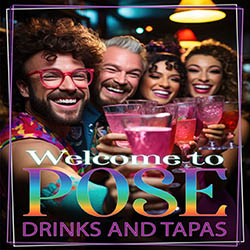

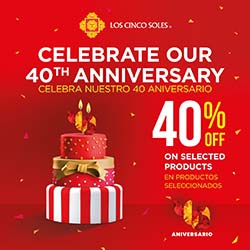
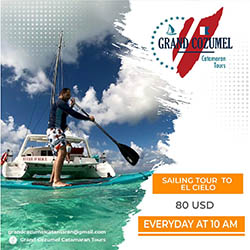
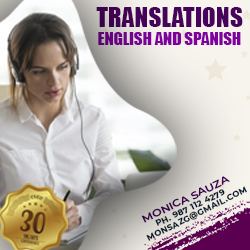
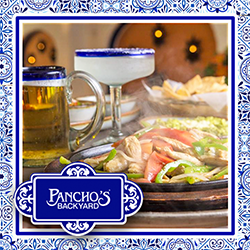
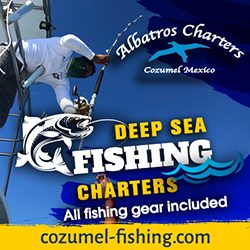
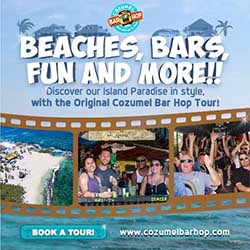
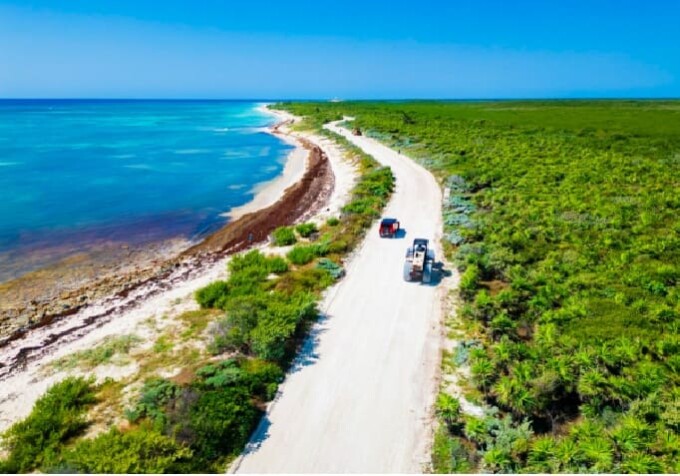

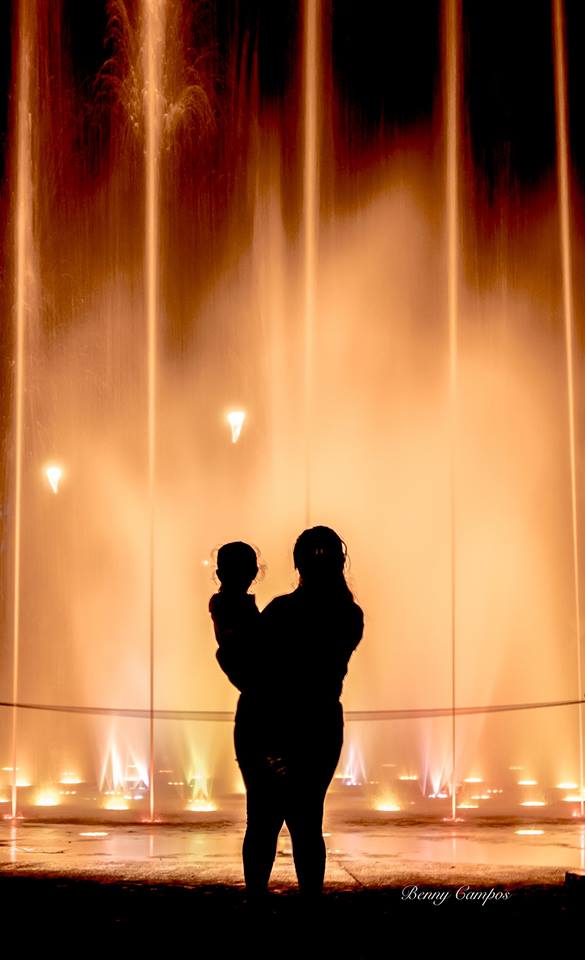
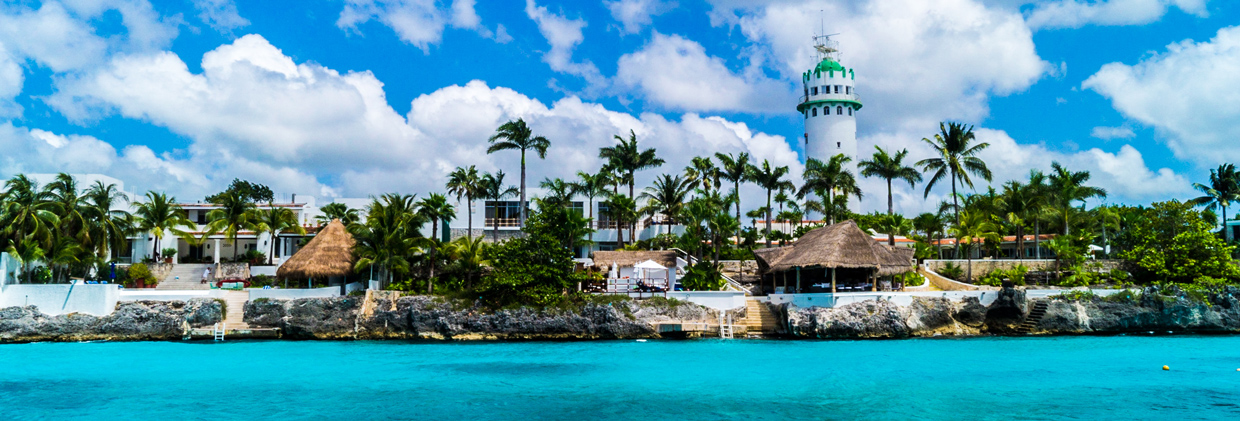



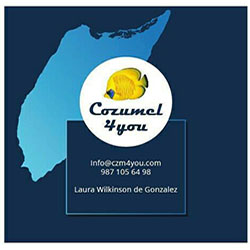


Leave a comment